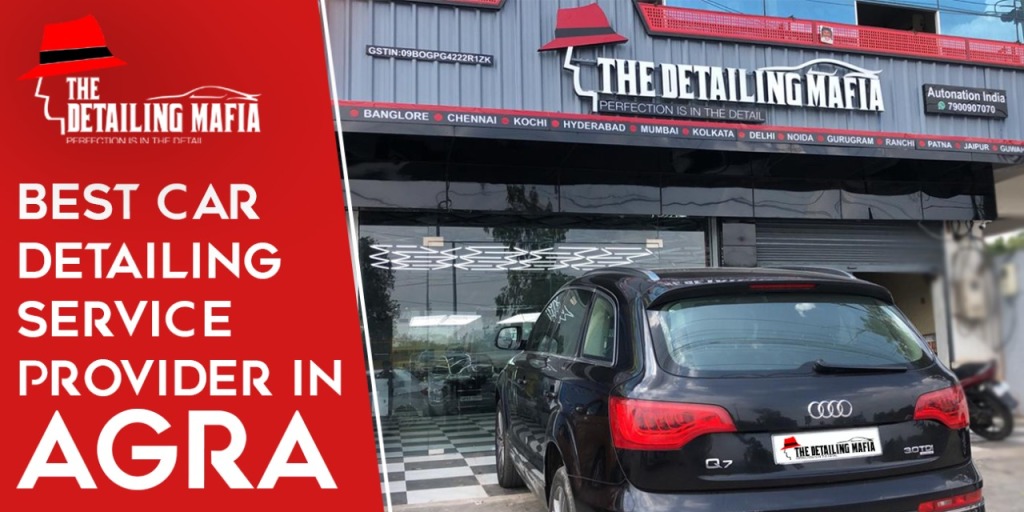When it comes to maintaining your vehicle’s pristine appearance, Paint Protection Film (PPF) coating is an essential investment. This high-tech solution offers unparalleled protection and aesthetic enhancement, ensuring your car remains in top condition for years. In this blog, we’ll explore the top 10 benefits of using PPF coating for your car, highlighting how it safeguards your investment and enhances your driving experience.
1. Protection from Scratches and Minor Dents
PPF coating acts as a robust barrier against scratches and minor dents. Whether it’s a stray shopping cart in a parking lot or pebbles kicked up on the highway, PPF film for cars absorbs the impact, protecting your car’s paint underneath. This not only maintains the car’s appearance but also saves you from costly repairs.
2. UV Ray Protection
UV rays from the sun can cause significant damage to your car’s paint over time, leading to fading and oxidation. PPF film for cars provides an effective shield against UV rays, preserving the vibrancy and gloss of your car’s paint. This is particularly beneficial for those who park their cars outside regularly.
3. Self-Healing Properties
One of the most impressive features of modern PPF coatings is their self-healing properties. Minor abrasions and scratches can disappear when the film is exposed to heat, such as from the sun or hot water. This self-healing capability ensures your car paint protection remains effective and the vehicle looks flawless.
4. Chemical Stain Resistance
Bird droppings, tree sap, and other contaminants can cause chemical stains on your car’s paint. PPF coating provides a protective layer that resists these chemicals, preventing stains and etching. This is crucial for maintaining the appearance of your vehicle, especially in areas with high environmental contaminants.
5. Maintains Resale Value
A well-maintained exterior significantly boosts a car’s resale value. PPF coating ensures that your vehicle’s paint remains in excellent condition, which is a major selling point for potential buyers. By investing in PPF film for cars, you protect your investment and potentially increase its market value when it’s time to sell.
6. Easier Cleaning and Maintenance
PPF-coated vehicles are easier to clean and maintain. The smooth, non-porous surface of the film means dirt, grime, and bugs are less likely to adhere to the surface. This makes washing your car a breeze, saving you time and effort while ensuring your car always looks its best.
7. Aesthetic Enhancement
PPF coating enhances your vehicle’s appearance by keeping the paint looking new and glossy. The film provides a high level of clarity and a smooth finish that can make your car stand out. Whether you choose a glossy or matte finish, PPF film for cars adds an extra layer of sophistication to your vehicle.
8. Customizable Options
PPF coatings come in various finishes and can be customized to suit your preferences. Whether you want a high-gloss look or a matte finish, there’s a PPF option that can enhance your car’s style. This flexibility allows you to personalize your vehicle while still benefiting from superior protection.
9. Cost-Effective in the Long Run
While the initial cost of PPF coating may seem high, it is a cost-effective investment in the long run. By preventing paint damage and reducing the need for frequent repairs, PPF film for cars saves you money over time. This long-term cost benefit makes it a smart choice for car owners looking to protect their investment.
10. Warranty and Professional Support
Most professional PPF installations come with a warranty, providing peace of mind and ensuring long-term satisfaction. These warranties often cover issues like peeling or yellowing, ensuring that your investment is protected. Professional installers also offer support and maintenance tips, helping you get the most out of your PPF coating.
Conclusion
In summary, PPF coating offers a multitude of benefits that make it an essential addition to any vehicle. From protecting against scratches and UV damage to enhancing aesthetics and maintaining resale value, PPF film for cars is a wise investment. If you’re serious about car paint protection, consider consulting with a professional installer to explore the best PPF options for your vehicle. Your car will thank you for it, and you’ll enjoy the peace of mind that comes with superior protection and long-lasting beauty.



